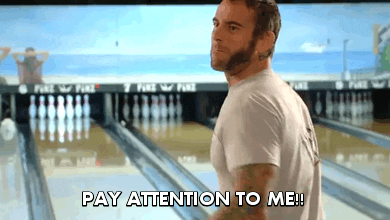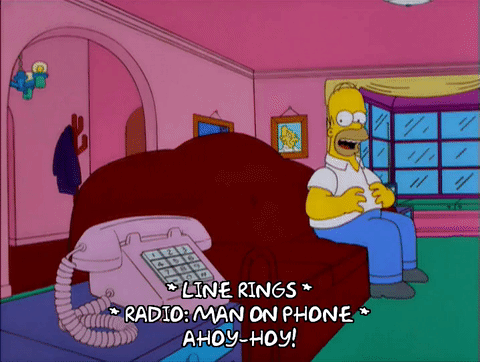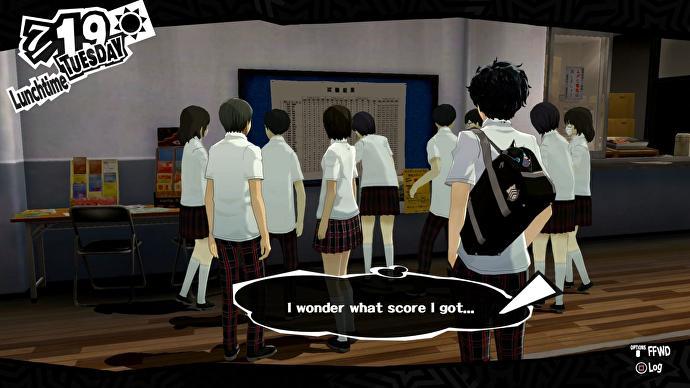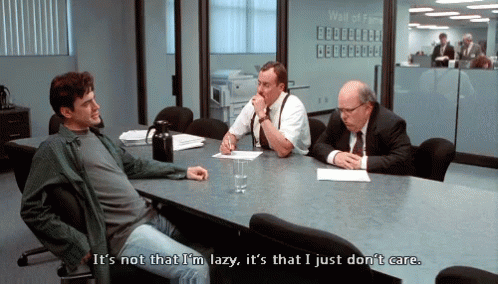Sure. Although I’ve written about the hiring process before, I don’t think I’ve ever actually detailed the overall process from start to finish before so this will be a good one to add to the archives.

Step 0: Sending Out Applications
No dev studio will hire you if they don’t know you exist. You need to submit your resume/CV for a job opening first. This is usually handled via a web submission, at a convention, or at the behest of a recruiter that finds and contacts you. Unfortunately for a lot of candidates, this is where the process ends. If the studio’s recruiters don’t think your resume has the right set of keywords or experience, you’ll probably never hear from them.

Step 1: The Callback
If your resume is interesting to the recruiter, chances are they will call you to get an idea of what you’re looking for. Recruiters aren’t particularly technically versed, so this is more of a gauge of interest - are you interested in possibly working for their studio? Are you local or willing to relocate? Is this kind of role what you’re looking for? The recruiters has more information about the role and the studio culture if you are interested, so this is a good time to ask questions about life at the studio in general.

Step 2: The Two Step
Most hiring studios have one or both of these steps after the initial recruiter callback. Assuming that you were interested at step 1, you will generally do either one or both of these steps at this point. These two steps can occur in either order. Sometimes they occur concurrently online, using some sort of code-oriented screen-sharing app like Codility. In those situations, you’re often both looking at the same code document in real time as you both answer questions *and* write code.

Step 2A: The Test
You’ll be given a programming (or, in the case of a designer, a design) test, usually with a time limit. Some studios have a very hard time limit (e.g. email us when you’re ready to start and we’ll give you exactly two hours to finish), others have soft limits (take your time but try to have it back within two weeks). Take the test, do your best, check your answers. For programming tests, I heavily suggest actually writing, compiling, testing, and reviewing your code for bugs before submitting. You won’t get a chance to submit any fixes or improvements you find later, so you want to submit your very best work the first time.

Step 2B: The Phone/Video Interview
Somebody from the studio will call you, except this time it will be at least one senior team member of your discipline who, should you be hired, is likely to become your boss, and possibly others as well. You will be asked about your resume and your technical or design skills. For programmers, there will probably be general questions about math, programming, your past projects and experiences, and so on. For designers, there may be theoretical design questions, questions about your past projects and things you’ve done, etc. I suggest preparing a “cheat sheet” for this - something with a quick reference for answers to common questions, work accomplishments you want to highlight, things you want to talk about, or even math formulas/programming principles you have trouble remembering. This way, if you get flustered or nervous, you can look back at the cheat sheet as your anchor to remind you of your preparations.

Step 3: The On-Site Interview
Assuming that you pass Step 2, congratulations - you’re in the final running for getting hired. Usually less than 10% of candidates make it to this point - this is the final step of the determination process. The studio will bring you in to the studio for a long interview (typically several hours), where you will typically meet with multiple groups of team members. If Step 2 did not include a written test, chances are good that you’ll have to take one at this point. Even if you did take a written test before, some studios will make you take a second test at this point as well. You will almost certainly be asked a lot of whiteboard style questions in these sessions. This will be a long time there, so prepare accordingly. This session is a marathon, not a sprint. I suggest bringing a notepad with your cheat sheet in it, as well as writing down the interviewers’ names and things you wanted to ask about. All of the groups will ask at the end if you have questions for them. You should! If you aren’t sure what to ask about, ask them about what it’s like to work at the studio and what kind of things you would need to do in order to succeed there.

Some people like to write a thank-you note to the studio after this step. It’s the polite thing to do, though it doesn’t really do anything to tip the scales. Once a design candidate sent the team cookies in hopes of getting a response. Unfortunately for him, the cookies were placed in the programmer pit where they were promptly devoured and the design team that interviewed him never knew it happened. That said, the design team had already made their decision by that point anyway, so the cookies wouldn’t have made any difference anyhow.

Step 4: The Offer
At this point, if they like you they will make an offer. The tests are done and you’ve passed all of their challenges. Congratulations. Now it’s your turn. This is where the negotiation of terms happens. They want you and will give you a job if you accept it. Job offers are only good for a few days at most, you have to decide whether you want to accept it, negotiate the terms, or reject it. If you are nervous about it, it is very unlikely that they will rescind the offer if you decide to negotiate, since they’ve already spent hundreds, possibly thousands of dollars getting to this point in the process. If the offer is lower than you need for the cost of living of the area (a major consideration in places like California), you can ask for higher pay. Some developers care more about spending time with family, so they stipulate certain work-from-home days, or early mornings and early afternoons to go pick up kids at school. This will be your best opportunity to do this kind of thing for a while, so you should take advantage of it while you can.

Step 5: Work
After you sign and accept the offer, you’ll fill out a bunch of forms and paperwork, possibly move out to the studio’s location, and start working there. Congratulations on getting the job!
The FANTa Project is currently on hiatus while I am crunching at work too busy.
[What is the FANTa project?] [Git the FANTa Project]
Got a burning question you want answered?
- Short questions: Ask a Game Dev on Twitter
- Long questions: Ask a Game Dev on Tumblr
- Frequent Questions: The FAQ